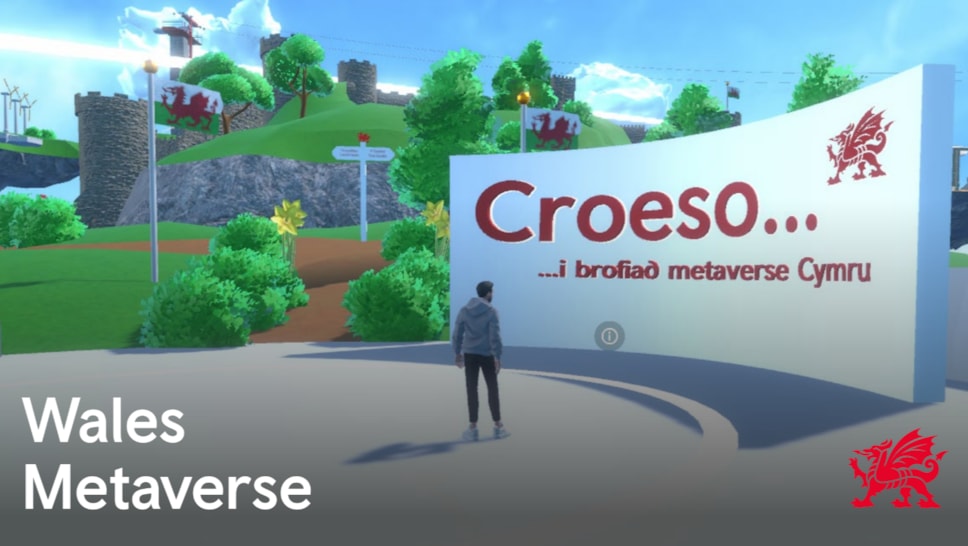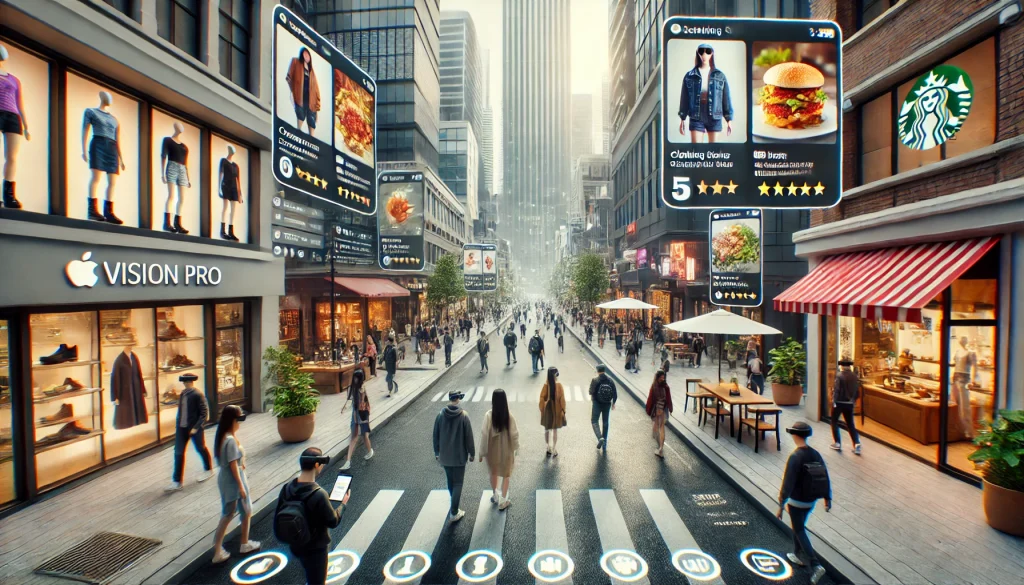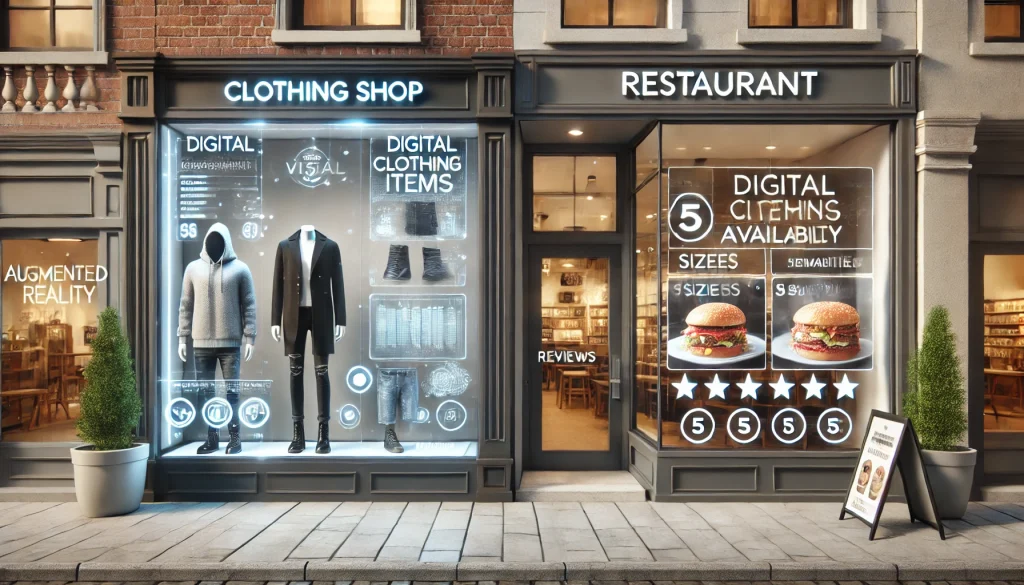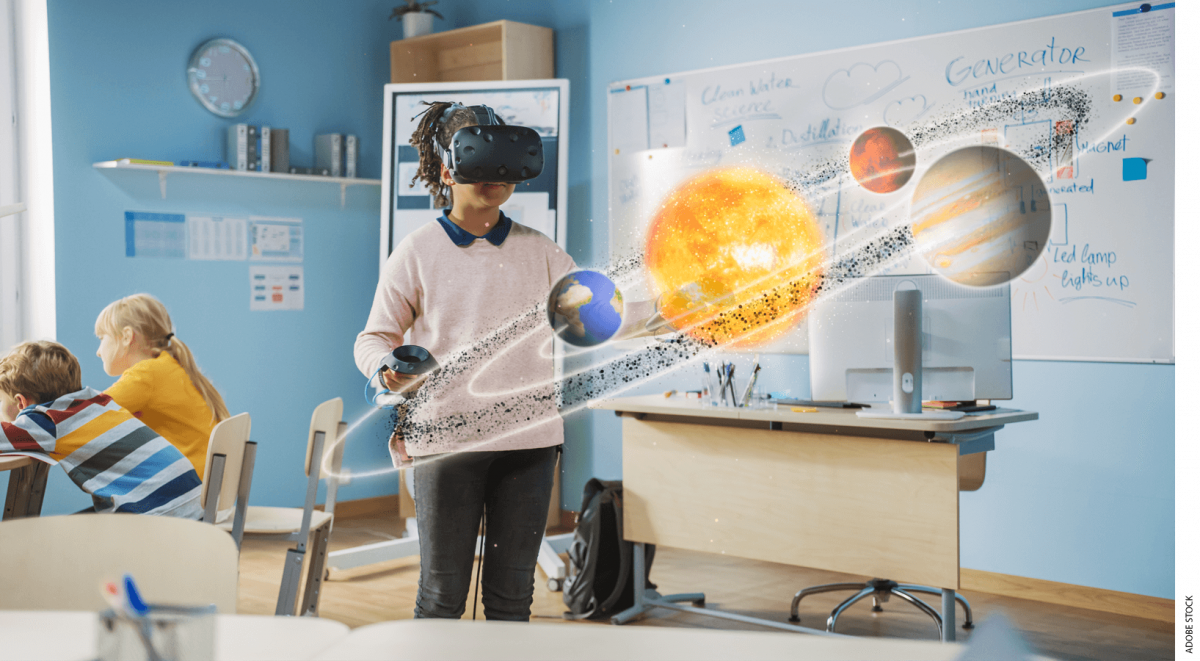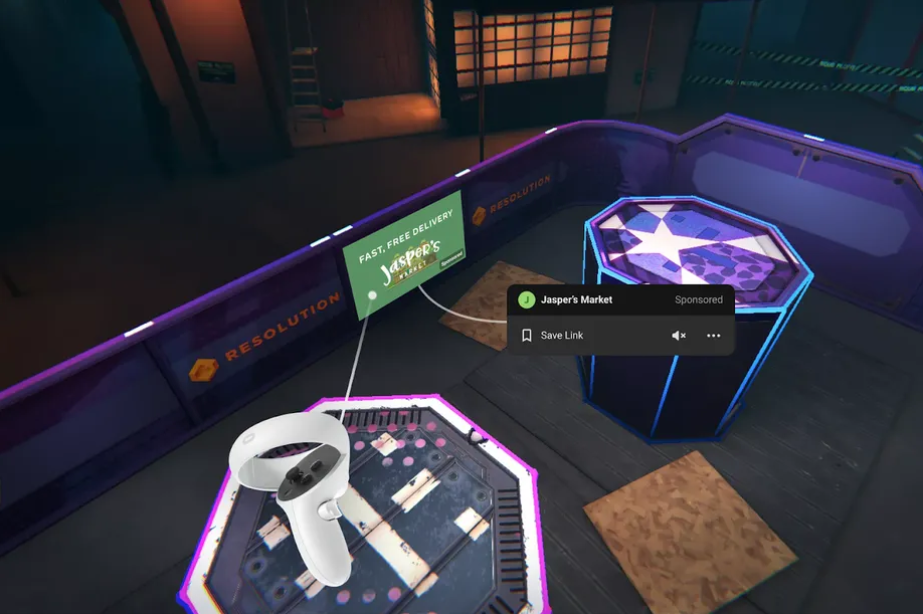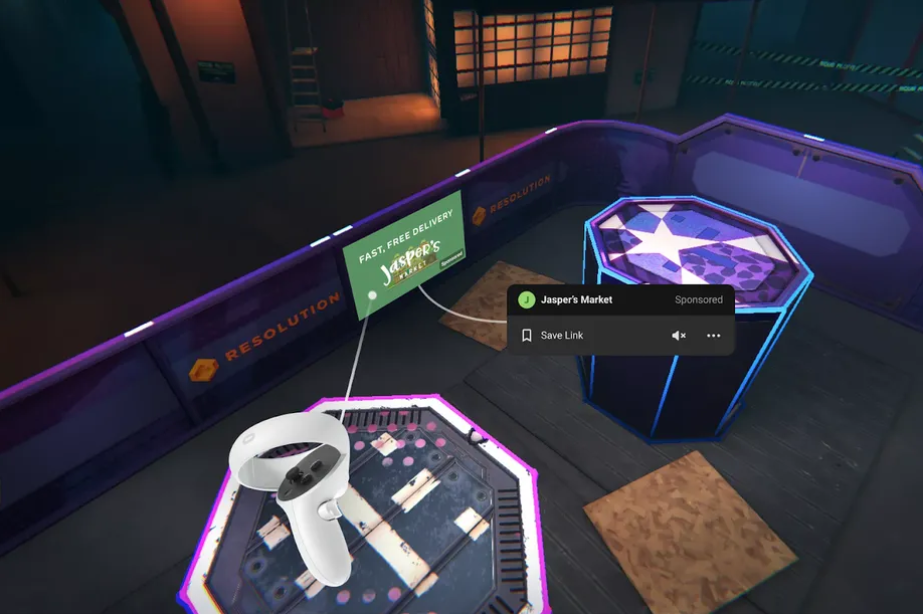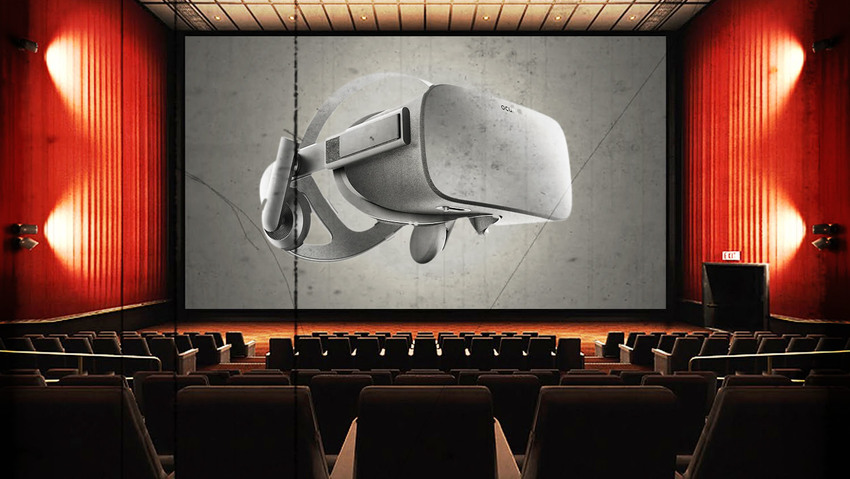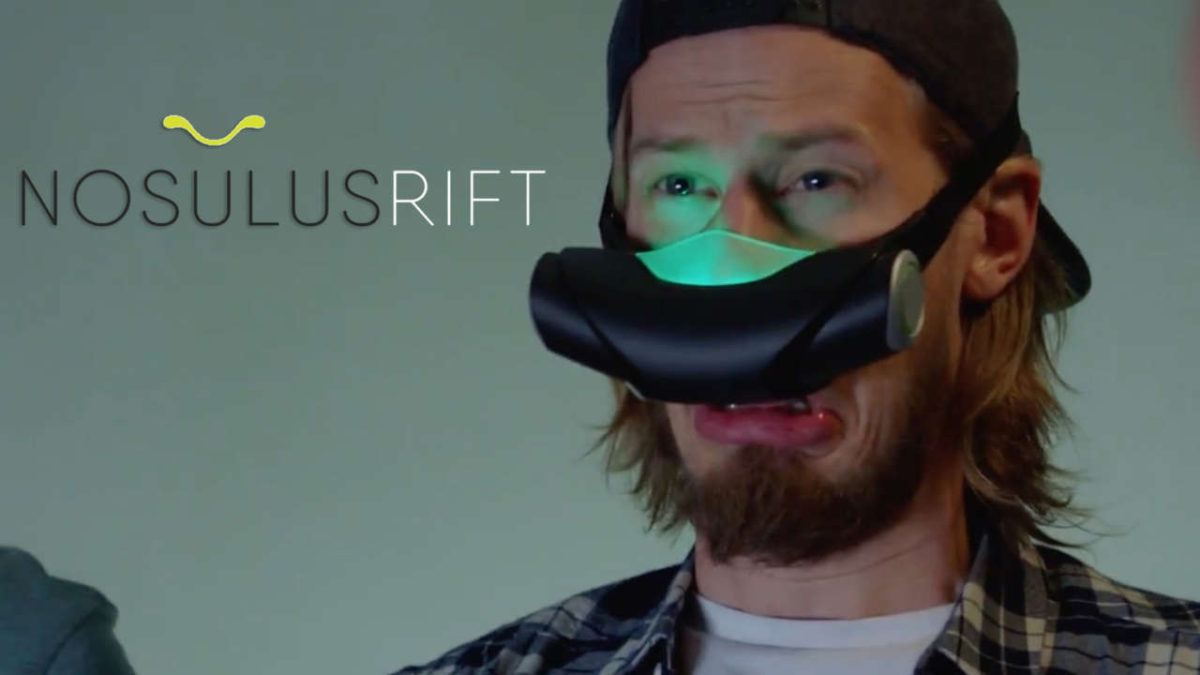In 2014, Denmark made headlines when its government let the entire country be recreated in Minecraft for educational purposes, aiming to help students understand Denmark’s landscape and geography in an interactive and engaging way (BBC News, 2014). This pioneering project set a precedent for how virtual worlds could be used for educational and cultural exploration. Now, Wales has taken this concept further by entering the metaverse and becoming the first European nation to launch a dedicated tourism initiative within a virtual realm (Welsh Government services and information, 2024).
The Welsh metaverse, hosted on Spatial, offers virtual visitors an immersive experience of the country’s landmarks and cultural treasures without ever setting foot in Wales. The platform showcases iconic sites, such as castles and cable cars, while allowing users to complete mini quests like discovering hidden dragons. As part of a strategic effort led by Visit Wales and iCreate, the initiative aims to inspire real-world tourism by offering a digital taste of the nation that is accessible from anywhere.
The metaverse and other emerging technologies like AR, VR, and NFTs offer organizations innovative ways to reach global audiences and create value. As noted by Shi et al. (2022), the metaverse overcomes geographic and temporal limitations, allowing organizations to transcend the boundaries of physical interaction. Wales is reshaping the traditional tourism models and opening new opportunities for global engagement, by bridging physical and virtual spaces.
While the virtual platform promises global exposure, I think the challenge for Wales lies in converting the virtual engagement into real-world tourism. However, by being an early adopter of the metaverse for tourism, Wales positions itself as an innovator in the digital space. This move could serve as a model for other regions looking to blend cultural promotion with technological advancement. Do you think this virtual experience in the metaverse could actually inspire global tourists to visit Wales in person, or will it remain more of a digital curiosity?
References:
BBC News. (2014, April 25). Minecraft: All of Denmark virtually recreated. https://www.bbc.com/news/technology-27155859
Shi, F., Ning, H., Zhang, X., Li, R., Tian, Q., Zhang, S., Zheng, Y., Guo, Y., & Daneshmand, M. (2023). A new technology perspective of the Metaverse: Its essence, framework and challenges. Digital Communications and Networks. https://doi.org/10.1016/j.dcan.2023.02.017
Welsh Government services and information. (2024, May 13). Croeso i Gymru! Wales becomes first UK nation to launch metaverse experience. GOV.WALES. https://www.gov.wales/croeso-i-gymru-wales-becomes-first-uk-nation-launch-metaverse-experience
